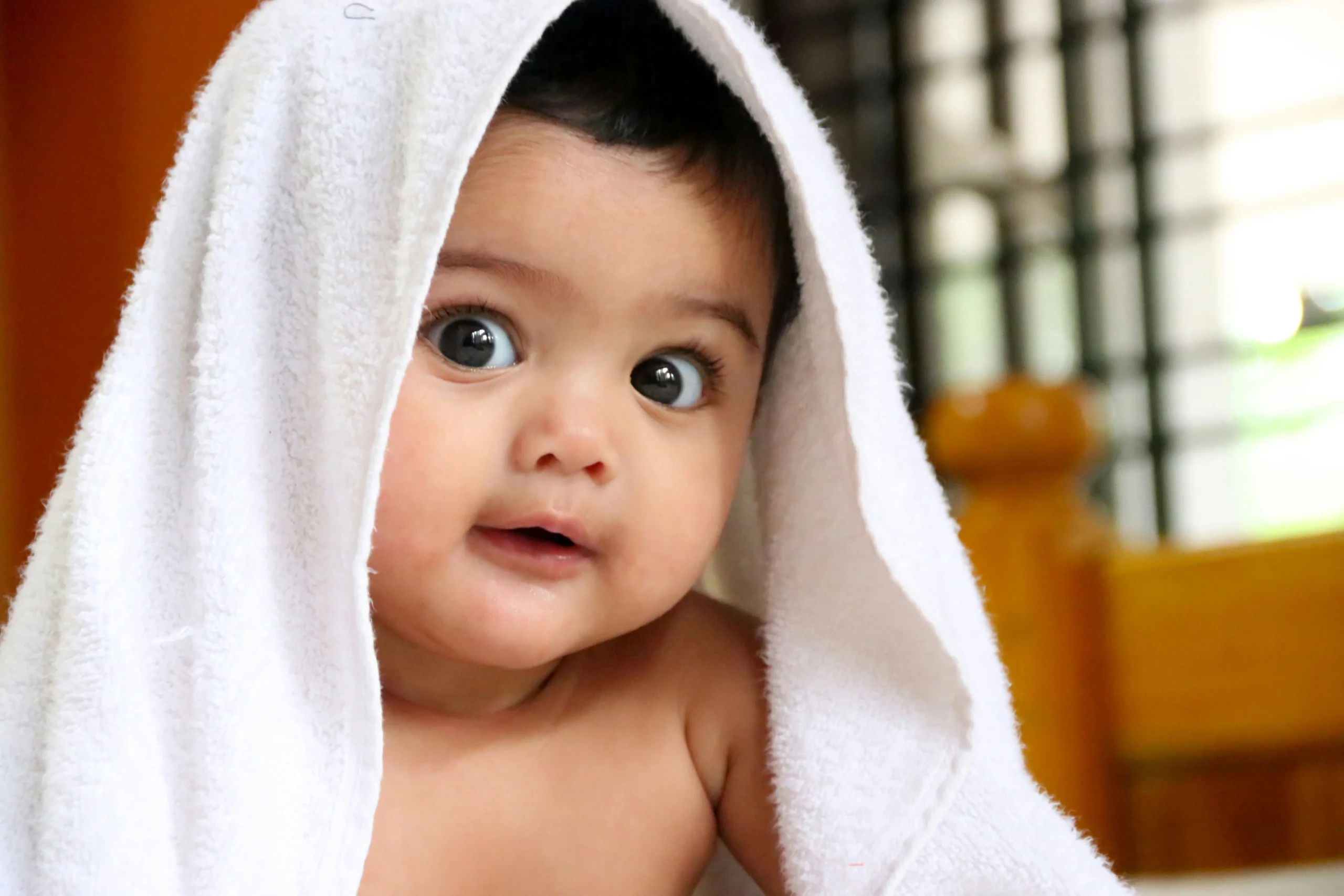As winter rolled in, I found myself on an unexpected journey of head-gazing — not out of boredom, but rather a curious fixation on the shapes of strangers’ heads. It was a peculiar pastime I’d never considered before. I began to wonder if those with rounder heads were perceived as more approachable or capable in the workplace.
When I welcomed my son into the world, I naively thought my worries about his well-being had come to an end. He was there — pink, wailing, and alive. Yet, I soon learned that his survival extended far beyond mere existence. It encompassed his emotional health, future prospects, and ability to flourish in a world that feels increasingly daunting. Today’s challenges — school shootings, cyberbullying, and rampant drug use — seem far more severe than the world I grew up in during the ’80s and ’90s. Back then, it was rare to see infants in helmets designed to correct skull shapes.
One positive note is that sudden infant death syndrome (SIDS) has seen a significant decline of 50% since the early 1990s. The Safe to Sleep Campaign initiated in 1992 recommended placing babies on their backs to sleep, using a crib with snug-fitting sheets and no blankets or toys. While this initiative has undoubtedly saved lives, it has also contributed to an increase in the number of infants with flat skulls. The helmets you might see some babies wearing are intended to address plagiocephaly — the flattening of the head — and they are worn for 23 hours a day, only coming off for bath time. As the child’s head matures, the interior of the helmet is gradually adjusted to promote a rounded shape.
At just 8 weeks old, I eagerly took my son to a complimentary tummy-time class. Proudly, I showcased my little one, who had lifted his head off my chest right after birth. However, the physical therapist’s scrutinizing gaze quickly turned my excitement into dread. Her concerned expressions felt like a punch to the gut — a mother’s instinct that something was amiss.
“Do you notice how his head is tilted to the side?” she queried. At first, I thought it was adorable, the way he leaned right and smiled at me. But suddenly, doubts flooded my mind. Had he always tilted like this? Shouldn’t I have noticed? With each movement she prompted him to make, I felt my grasp on motherhood slip away.
“Look at this flat spot on his right side. It’s affecting his facial features,” she pointed out gently, drawing attention to his right eye. “This ear is slightly more forward, and his eye appears more closed.” I nodded, but deep down, I felt utterly defeated. How could I have missed this? I felt like the worst mother ever, and tears fell onto the blanket beneath him. I blamed myself for not realizing tummy time was crucial and for occasionally letting him relax in the swing.
I rushed to the pediatrician, where it was confirmed that our baby was one of the 13% in the country diagnosed with plagiocephaly, caused by torticollis — a tight neck condition often occurring in utero. It seemed that my larger baby had limited space to move around, resulting in a flat spot on his head. The treatment plan included physical therapy sessions twice a week.
From that day forward, I couldn’t help but analyze the head shapes of everyone around me. Over dinner, my husband and I shared our newfound obsession, admitting to our head-watching habits. No one prepared me for the irrational paths that worry could take, and managing it became an exhausting endeavor.
Fortunately, my son’s neck gained strength quickly in therapy. By the time he rolled over at three months, he preferred to sleep on his belly. His facial features began to align, and the flat spot on his head gradually improved.
As the oldest of five, I anticipated the challenges of motherhood, but I never fully grasped the emotional toll it took on my own mother. My son will not remember those early days of worry, and I now see that fretting over head shape is trivial. All he truly desires is love, food, and play — and he receives those in abundance. I’ve learned that motherhood is as much about my growth as it is about nurturing my child.
Just last week, a woman complimented me on my son’s wonderfully round head. I smiled, proud, knowing that our journey to get there had its ups and downs, but he is thriving. If you’re interested, you can check out more about the emotional aspects of motherhood in our related post here. For those exploring at-home insemination options, Make a Mom is a great resource for quality syringe kits. Additionally, Hopkins Medicine offers excellent insights into pregnancy and home insemination.
In summary, new motherhood is a whirlwind of emotions, filled with worries that often veer into the irrational. Yet, amidst the stress, there’s growth — for both mother and child.

Leave a Reply